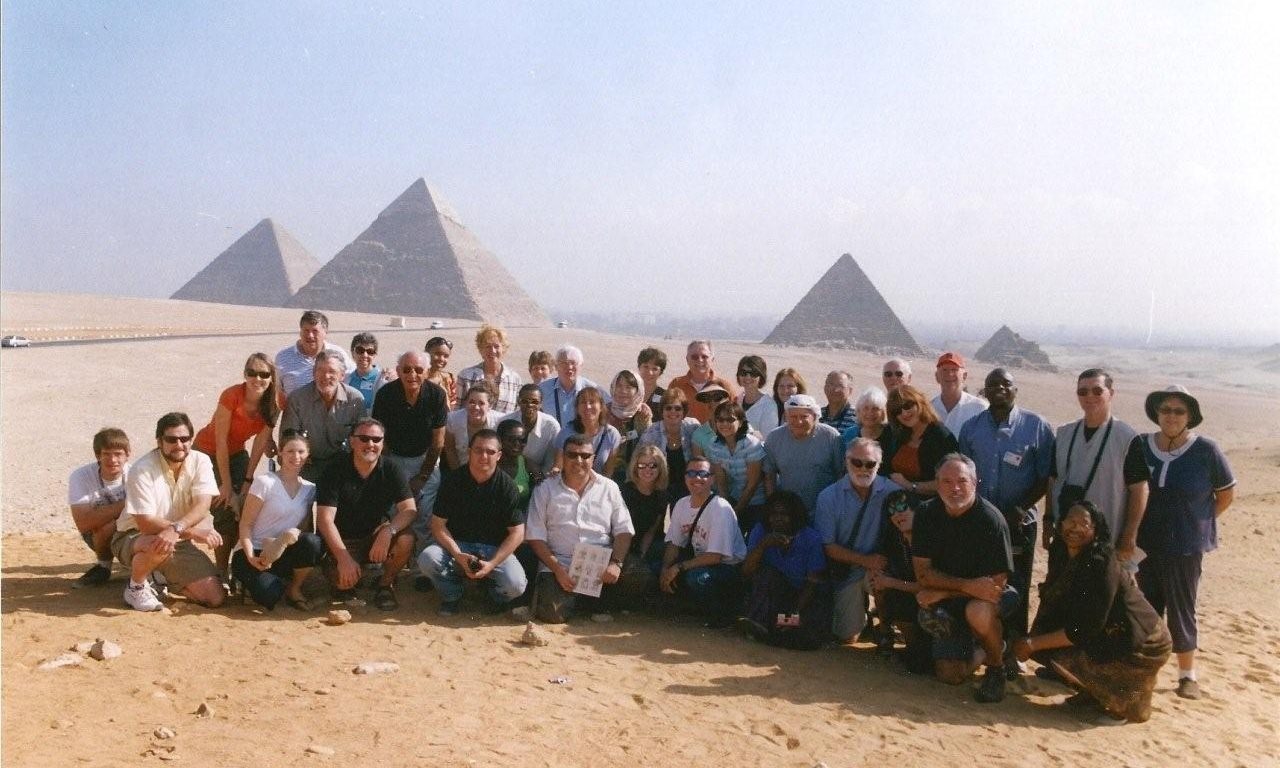For Reservations, call 1-800-545-5533
Cheese discovered in ancient Egyptian tomb
The tomb in which the cheese was found belonged to Ptahmes, a high-ranking Egyptian official in the 13th century BC and the former mayor of the ancient city of Memphis, according to the paper.
His burial site was first unearthed in 1885, but was lost to shifting sands until its rediscovery in 2010.
The ancient cheese, which was sometimes included in the feasts buried alongside wealthy Egyptians, was probably similar in consistency to chevre, or goats cheese, but with a “really, really acidy” bite, according to Paul Kindstedt, a professor at the University of Vermont who studies the chemistry and history of cheese.
“It would be high in moisture, it would be spreadable,” he said. “It would not last long, it would spoil very quickly.”
And while the sample retrieved by Mr Greco’s colleagues may be old, others have discovered traces of ancient cheese or yoghurt (the two can be difficult to distinguish) that long predate even the recent finding, Mr Kindstedt said.
“Other groups have done a lot of work with extracting lipid residues, fat residues, from ancient pots going back as far as 7000 BC,” he said.
In 1942, a team of researchers reported a finding not dissimilar to that of Mr Greco and his colleagues, Mr Kindstedt pointed out.
In a journal article, they described finding a substance in ancient Egyptian jars that they suspected to be cheese dating back to 3200 BC. The samples, they wrote, had “no smell and only a dusty taste.”
“As I say to my students every year when I get to Egypt, someone has to go ahead and analyse these residues with modern capabilities,” said Mr Kindstedt, who added that he plans to use Mr Greco’s paper in his teachings this autumn. “This is a logical next step and I think you’re going to see a lot more of this.”
In their analysis, Mr Greco and his colleagues found hundreds of peptides, or chains of amino acids. Most were human and represented skin and saliva contamination, but, crucially, nine were linked to bovine or ovine milk.
Adventurous eaters be warned: The cheese may not be cursed, but the analysis found evidence of a bacteria that causes brucellosis, an infectious disease that can cause fevers, headaches, muscle pain and other symptoms that can reoccur or never go away at all.
The New York Times
Cheese discovered in ancient Egyptian tomb



